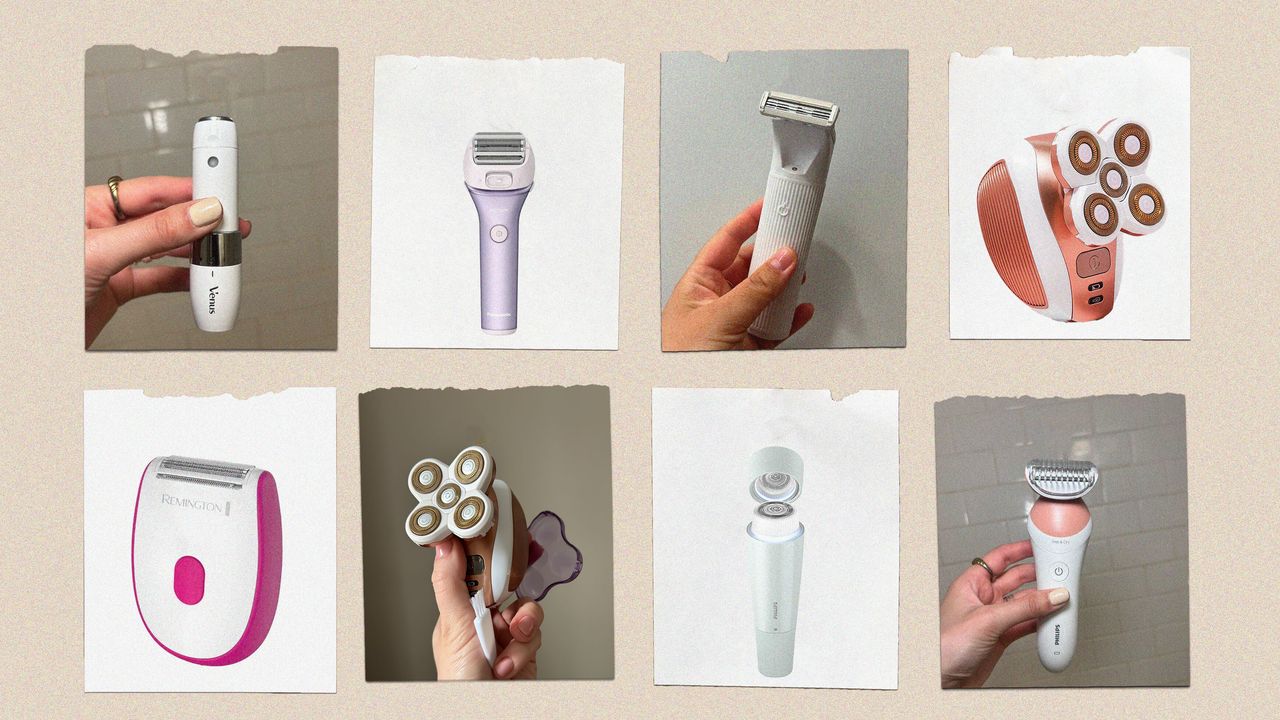Blog
What we’re getting wrong about creatine for women

Step aside, protein—creatine for women is having its moment. Once seen as the domain of men and athletes, this powerhouse supplement is now being hailed as a game-changer for women’s health. But not everyone is convinced. For those who don’t see results—or fall for the myths—it often comes down to biology: women may need different dosing, hydration and timing to unlock its benefits. We asked experts to break down the biggest misconceptions around creatine for women.
Myth: it’s a steroid
Creatine was discovered in 1832 (long before fitness culture existed) by French scientist Michel Eugène Chevreul, who extracted it from meat. It is simply a compound your body already makes. Asad Hussain, longevity and exercise scientist, founder-CEO of Odds Fitness notes, “A lot of women believe creatine to be a dangerous anabolic steroid, but it’s not. . Creatine helps your muscles produce energy. It’s been widely studied, and at the recommended dose, it’s completely safe, even long term.”
Myth: it will make me bulky or bloated
One of the biggest reasons women hesitate with creatine is the fear of bloating or bulking. Anant Agarwal, Health Consultant, Clinical Research Scientist, and Founder of Infinite Health, is quick to correct this. “Creatine draws water into your muscle cells, not under your skin. It doesn’t make you puffy or bloated as people imagine. Many of my clients actually look leaner once they start, because creatine supports better muscle tone and fat loss.”
Atul Rajani, Founder of Be. and CEO of Dalas Biotech, agrees. Drawing on both his pharmaceutical background and experience in competitive sport, he adds, “The 1–2 kg weight gain at the start is water, not fat, and it’s actually beneficial for muscle function and recovery. Women also don’t have the testosterone to build significant mass from creatine alone. That requires specific training, nutrition and, often, genetics.”
For women sensitive to water retention, Agarwal offers a practical tweak: stick to a smaller daily dose of around 3 grams. “If any bloating shows up, pause for a week, then resume at a lower dose of 2 grams.”
Myth: it messes with oestrogen and fertility
Far from being a hormone disruptor, it’s a cellular energy booster. “During hormonally taxing phases like the luteal phase or perimenopause, creatine supports brain energetics, mood, and neuromuscular coordination. It helps improve mental clarity, stabilises mood and increases emotional resilience,” says Shradha Sounil Khanna, AVP Nutrition and Research, at Wellbeing Nutrition. What can help, though, is consistency. Hussain recommends taking it daily, regardless of the phase you’re in, to keep your stores topped up and your performance more stable throughout the month.
Myth: it’s only for athletes and body-builders
Creatine isn’t just for deadlifters. Agarwal points out that women respond particularly well, whether recovering postpartum, managing thyroid issues or just dealing with everyday burnout. Think of it less as a performance enhancer and more as a supplement to support longevity, like vitamin D or magnesium.
Myth: it causes acne and hair loss
“Hair loss and acne are typically hormonal issues that coincidentally occur when someone starts supplementing, creating a false correlation. Improved cellular hydration from creatine often improves skin quality,” says Rajani. So, if these issues crop up after starting creatine, it could be down to new skincare products, dietary changes, stress levels, underlying hormonal imbalances or poor hydration.
Myth: it works best on an empty stomach
For women, this can backfire. “Fasted dosing can cause nausea, lightheadedness or bloating, especially if magnesium or hydration levels are low. Men tolerate it better, likely because they have higher baseline creatine stores and muscle mass,” says Agarwal. He recommends pairing creatine with food—ideally carbs or a post-workout shake—for better absorption and less gastrointestinal distress. The mistake he sees most often is women starting too high, too fast: “Too much creatine with too little water is a recipe for discomfort. A better strategy is to start low—around 2–2.5 grams—take it with food, and hydrate well.”
Myth: It disrupts sleep and causes anxiety
Creatine isn’t a sedative or a stimulant, so any anxiety or sleeplessness linked to it usually comes from blends that combine it with caffeine. Khanna notes that some women do report restlessness if they take creatine late in the day, especially during the luteal phase when sleep is already lighter. Her fix is simple: “Shift to morning dosing, lower the dose temporarily and avoid pairing creatine with stimulants.”
Timing matters. Taken with food, water and consistency, creatine works with your system—not against it.
Also read:
What’s really spiking your blood sugar (and it’s not just dessert)
I doubled my protein intake and my skin has never been better
5 foods to regulate your nervous system, from vitamin D to omega-3s












